When you pick up your camera with the intent of actually using it — not digging through the menu, customizing buttons or reassessing ergonomics — you shouldn’t be preoccupied with megapixels or dynamic range or whether it uses phase or contrast detection.
For better or worse it’s the camera you own and that camera, whether you bought it new or secondhand, whether it’s a first generation or fourth generation body, whether its got a 12-megapixel sensor or requires a roll of film, is perfectly capable of producing a good photo.
Don’t believe me?
Below are five simple tips that will help you make better photos no matter what camera you’re using.
1. Find Good Light
Light reigns supreme in photography. While there are some generally accepted ideas about what constitutes good light versus bad light, there is also some subjectivity here.
Yes, golden hour light is gorgeous. Yes, midday light tends to be harsh. But is golden hour the only time you should ever go out to shoot? Should you never pick up your camera in the middle of the day?
What about overcast skies?
The answer to these questions is it depends on the look you want to create and how the light interacts with your subject. There’s more than one way to use light to “flatter” a subject, so don’t get too caught up in trying to abide by one rule or another.
Learn to use available light in such a way that it elevates your subject and conveys the mood you want.
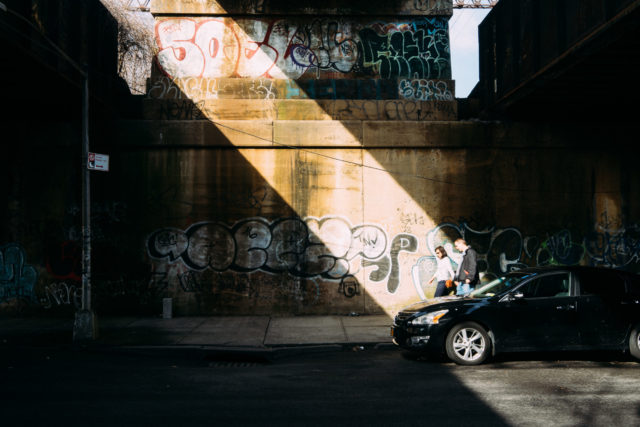
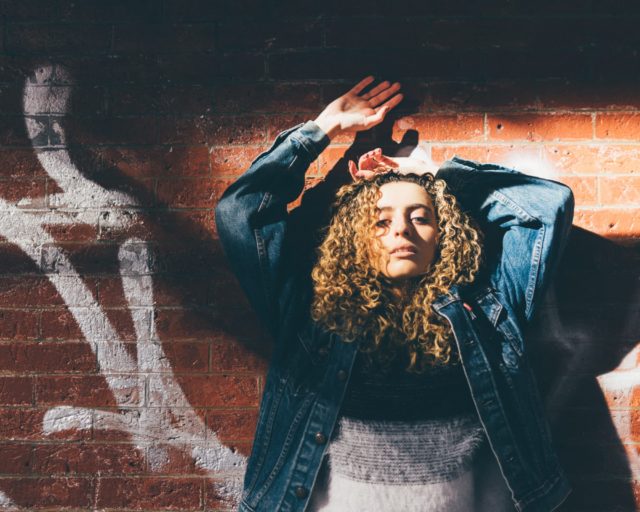
2. Maximize The Moment
Never be satisfied with the first shot you take. Before you move on to your next location or next subject, rethink your current shot.
One of the most effective ways of enhancing the visual vitality of a photo is to shoot it from different angles. Most people take most of their shots from eye level, which results in a lot of similar looking photos.
Something as simple as shooting from a higher or lower perspective and trying different angles can be the deciding factor in whether you end up with a boring photo or one brimming with impact.
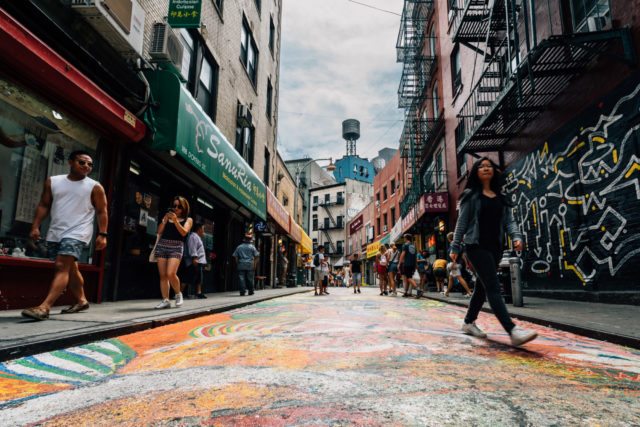
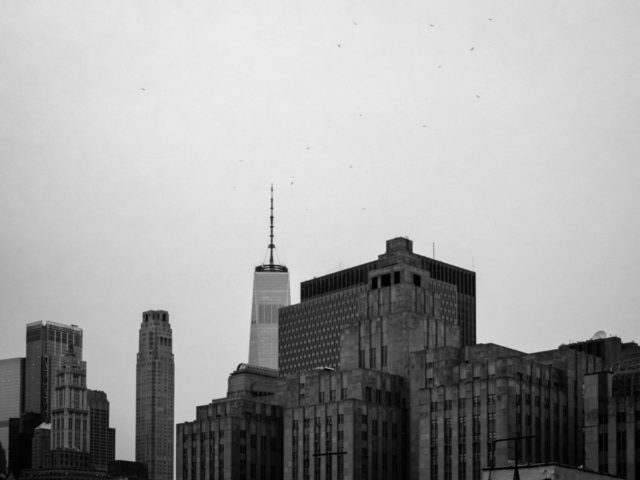
3. Consider The Background
The background always matters (though there are times when you won’t have much control over the background, such as when doing street photography in crowded areas). Of course, the subject is the main focus but if you ignore the background you could very well diminish the impact of your subject.
If you’re shooting a portrait, make sure there aren’t any distractions in the frame — avoid having random items appearing to stick out of your subject’s head. You can do some location scouting to find clean locations, you can use shallow depth of field to blur the background or position your subject away from potential distractions.
The background plays a key role in landscape photography as well, where a background can be a distraction by being boring. Make sure you compose a shot in which the background establishes a strong link with the main subject.
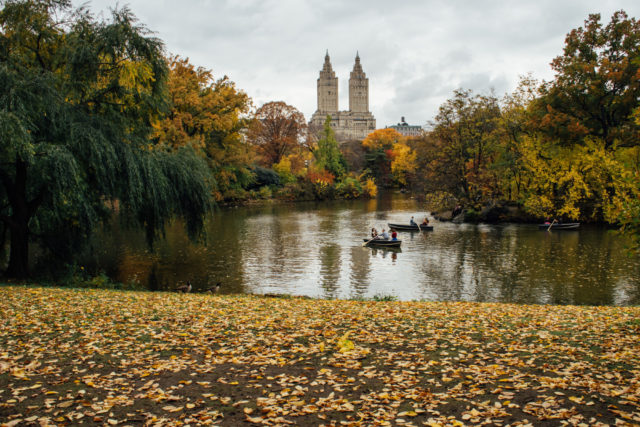
4. Delight In The Details
There are things that sometimes go unnoticed, but not because they are unimportant, rather because we’re too often shooting with the “big picture” in mind.
Little things, however, can have an enormous impact on a photo. Macro photography probably comes to mind as it opens up a world of detail barely detectable with the naked eye. This is a fantastic way of focusing on detail but it’s not the only way.
You can break a landscape down into smaller sections by using a long lens instead of a wide angle. You can use shallow depth of field to focus on a specific feature of a human subject.
Focusing on the details is a simple and effective way to create a stand-out image.
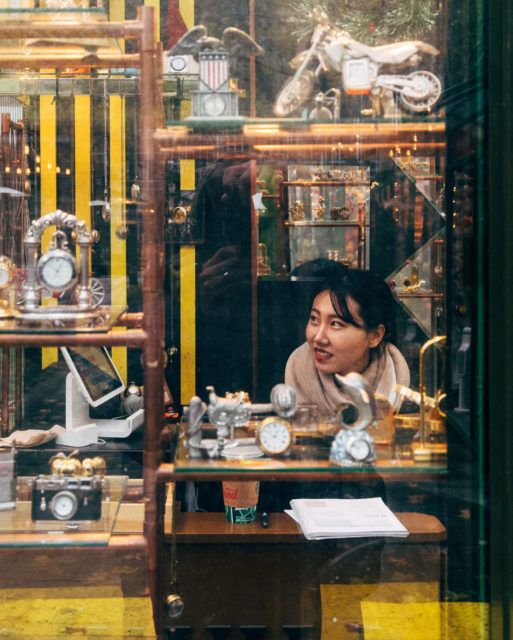
5. Be Selective
Basketball players talk about good shot selection — being judicious about the shots they take as opposed to just throwing up a shot and hoping to make it every time they have the ball.
Photographers would be wise to abide by a similar philosophy. Not every shot is worth taking. By practicing some discretion about when you press the shutter, you’re training yourself to “see” better, and seeing better will ultimately lead to better photos.
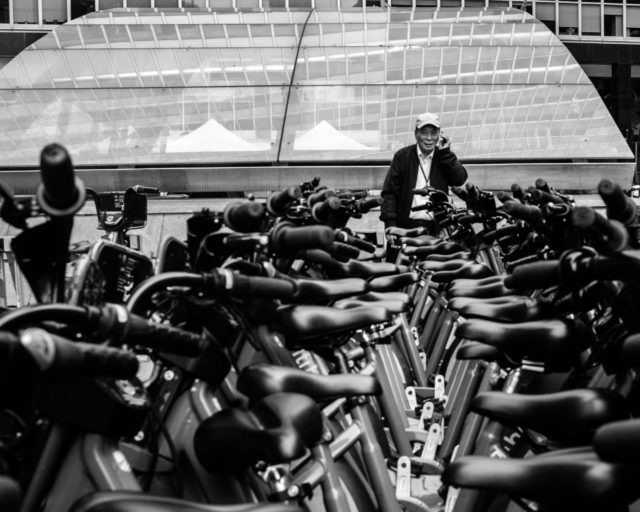
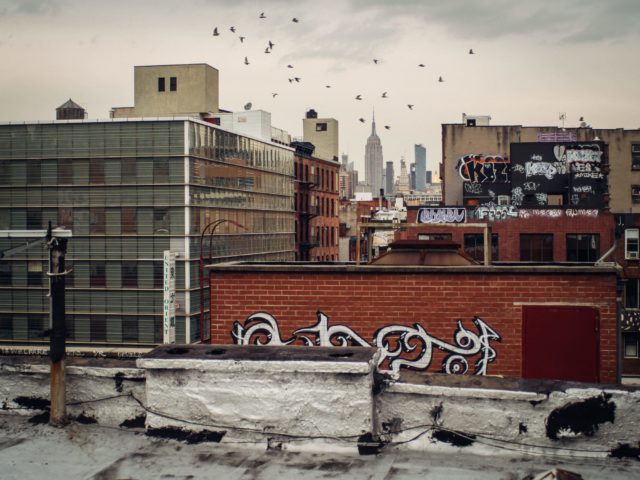
Final Thoughts
None of the ideas presented above are dependent upon gear. Regardless of what camera/lens you’re using, you can use these tips to make good photos. The joy you derive from getting better shots will overshadow the emphasis you may have placed on acquiring a better camera. And once you do upgrade your gear, your improved skills will allow you to feel validated in your new camera purchase.
Further Reading
- The 7 Secrets Of Getting Better Photos In Low Light
- Do You Want Brilliant Macro Photography? Here Are The Accessories You’ll Need
- 5 Free E-Books on Long Exposure Photography
- 15 Easy Tricks For Getting Better Photographs




